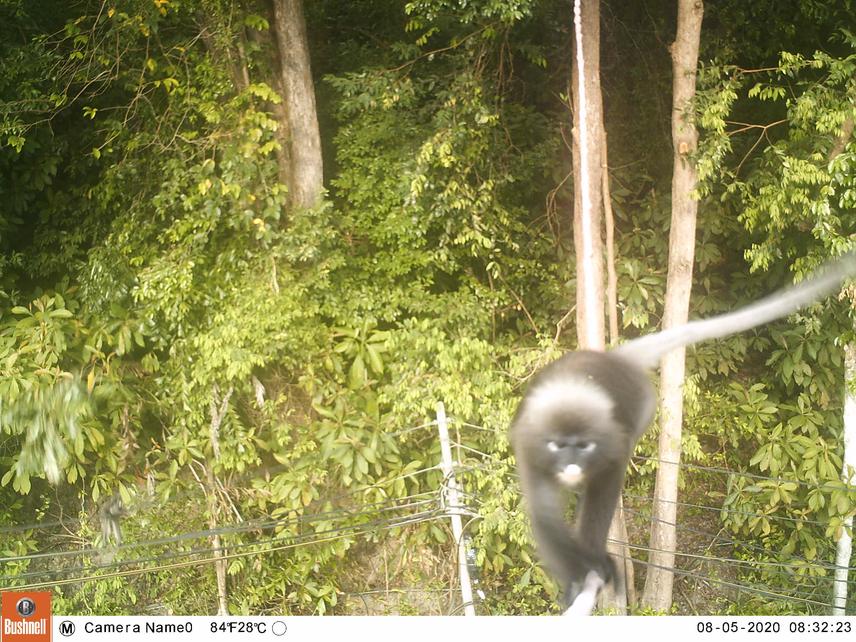Jo Leen Yap
Other projects
9 Feb 2016
Activity Patterns, Habitat Use and Diet of Dusky Leaf Monkeys (Trachypithecus obscurus) in Penang, Malaysia
22 Feb 2021
Langur Project Penang: Conservation of Dusky Langurs in Malaysia Through Research, Canopy Bridges and Environmental Education
14 May 2024
Langur Project Penang: A Community-Led Approach to Urban Monkey Conservation in Peninsular Malaysia
This project aims at conducting a road ecology study in Penang that will help us to gain a better understanding about the movement of arboreal wildlife urbanized habitats. We will investigate the impacts of habitat fragmentation on the movement and dispersal patterns of arboreal wildlife, and construct canopy bridges to enhance forest connectivity and to study the frequency of different wildlife crossing by camera trapping. The data will also be used for environmental education to the public to achieve positive outputs for wildlife conservation in Penang and elsewhere.

The increasing urban development in Penang is causing rapid habitat fragmentation that leads to increasing road density and a disproportionate amount of habitat edges. Arboreal wildlife, such as primates and rodents, often move from the forest to the coast using power lines to forage, which regularly causes road kills and electrocution. This study will be focusing on arboreal species including
the spectacled langurs (Trachypithecus obscurus), long-tailed macaques (Macaca fascicularis), black giant squirrels (Ratufa bicolor), Sunda slow loris (Nycticebus coucang), Sunda colugos (Galeopterus variegatus).
Through our preliminary study on road crossings by langurs, we were able to record data on the frequencies of crossings and road kill incidents. Thus, we can now identify possible crossing hotspots (coordinates). During times of high food plant abundance at the coastal area, the asphalt roads that separate the coast from the forest habitat do not prevent the arboreal wildlife, especially langurs and macaques, from crossing the road to feed on coastal plants (e.g. Ficus superba, Millettia pinnata and Terminalia catappa), and most arboreal wildlife travels according to the flowering/ fruiting periods of these plant species. Therefore, we will also investigate the coastal plant species that play an important role as food plants, and sleeping sites and nesting sites of arboreal wildlife.
We will also construct canopy bridges for arboreal wildlife in order to enhance habitat connectivity and conduct systematic monitoring of the bridges using camera traps. Our results will be used to advocate for sustainable road development and to raise awareness on a larger scale by expanding this research to various other regions in Malaysia.
This will be the first comprehensive road ecology study for arboreal wildlife in Malaysia that does not only apply to roads, but also to urban areas in general, and that will engage the local community to build crossing pathways for wildlife in order to co-exist and reduce human- wildlife conflicts.